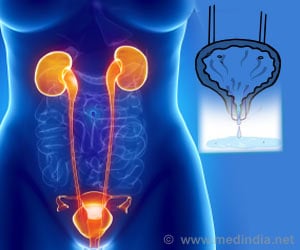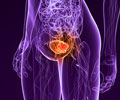New study set out to understand why children who obviously have nothing wrong with them lose bladder function, a condition also known as stress-induced bladder dysfunction or SIBD.

We usually associate physical stress, like exercise or childbirth, and aging with bladder dysfunction.
But the pair’s previous research found that social stress can cause two very different types of bladder problems, depending on how long the stress lasts.
When mice were exposed to one hour of social stress, in the form of an aggressive mouse, for one hour, they developed bladder overactivity, or urinated more often.
When they were exposed to social stress for a significantly longer period, about 23 hours, they developed an underactive bladder or urinated less often.
This finding in itself is novel since it’s not very often that the same stimulus causes such different results depending on time exposure.
Advertisement
As strange as it may sound, scientists still do not understand the basic mechanism by which a full bladder tells our brain that it’s time to “go.”
Advertisement
This discovery shows that while most bladder dysfunction is treated as a muscular problem, it may actually be a nerve problem.
“This may be why we have such a hard time treating bladder problems across all ages,” Tykocki said. “By targeting TRPV1, and if we can intervene early, we might be able to prevent the progression of the dysfunction and help these kids get a normal life back.”
Through their investigation of the TRPV1 pathway, Tykocki and Mingin hope to identify the actual ‘sensor’ of bladder fullness eventually.
This could lead to the development of a medication that would delay the urge to urinate without impacting the bladder muscle itself. This could help children with overactive bladders regain normal function, preventing SIBD’s progression.
Their work could have an impact on adults as well, Tykocki said. “There’s a lot of overlap between stress-induced bladder dysfunction in children and several ‘non-stress’ models of adult bladder dysfunction, so the same treatments may turn out to be useful.”
The work done under this new grant may also lead to a clinical trial with existing medications already approved for use in children that could work through the TRPV1 pathway.
Hopefully, this will provide some relief for children dealing with SIBD until specialized medications are developed.
“SIBD is really devastating for both the child and the family as a whole,” Tykocki said. “I can’t imagine what it’s like spending every single day feeling like you need to go to the bathroom immediately — but that’s how it is for these kids.”
Source-Newswise














